The Esker Foundation, a vast and ravishing exhibition space opened in 2012 in Inglewood, recently voted as Canada’s “Best Neighbourhood”. Canadian art collector couple Jim and Susan Hill spent 15 years planning for Esker— developing a new model in Calgary with a primarily commercial building with some space for the art gallery.
LARRY’S LIST has gained some insights from Jim Hill on what motivated them to set up a foundation, why they decide to remain at “arm’s length” from the programming and curating exhibitons of the foundation, their most memorable moments with Esker Foundation, as well as their wish list in 2020.

Background
What is your motivation behind opening a foundation?
My wife and I have prospered in Calgary since arriving shortly after we were married in 1975. We wanted to give something back to the community and noticed that there had been a number of material philanthropic donations for education and medical institutions, but Calgary was struggling to get a new public art space off the ground. We have had a serious interest in art since the late seventies when we spent two years in Paris and felt that this was our opportunity to give back.
Why is it important for you to share your collection with a wider public?
I wanted to make the gallery as accessible as possible and also realized that admission for any gallery/museum covers a minor part of the operating costs. Instead, I thought a better model was to use a building that was primarily commercial but had space for the art gallery. We then effectively curated our tenants by seeking tenants who appreciated being in a building that featured an art gallery and had art throughout all of the building. These tenants tended to be those with a creative interest, such as media companies and an architectural firm. The rent from the commercial tenants pays for operating costs of the entire building plus the program budget of Esker.
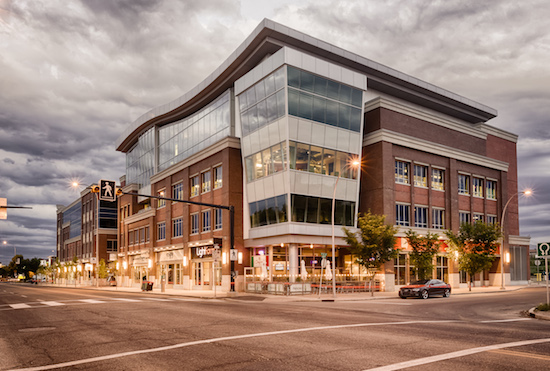
Why did you choose Inglewood, Calgaryfor opening the foundation?
Inglewood is Calgary’s first community, and still maintains a significant part of its historical origins, and is a very vibrant and culturally interesting part of Calgary.
What is the mission of Esker foundation? What are the ways to achieve this mission?
As a leader in the Calgary arts community, Esker Foundation connects the public to contemporary art through relevant, accessible, and educational exhibitions, programs, and publications. The gallery reflects on current developments in local, regional, and international culture; creates opportunities for public dialogue; and supports the production of groundbreaking new work, ideas, and research. Founded in 2012, Esker Foundation is a new model for institutional relevance, curatorial focus, and audience engagement.
Esker programs three exhibition changes per year for the fall, winter, and spring/summer seasons.
In addition to the main exhibition space on the fourth floor of the Atlantic Avenue Arts Block, Esker Foundation hosts the Project Space at street level. As a vital alternative exhibition venue, the Project Space aims to engage the community by increasing the presence and accessibility of contemporary art. The Project Space program invites emerging and established artists to develop new, responsive exhibitions that directly address the neighborhood and explore important contemporary issues.
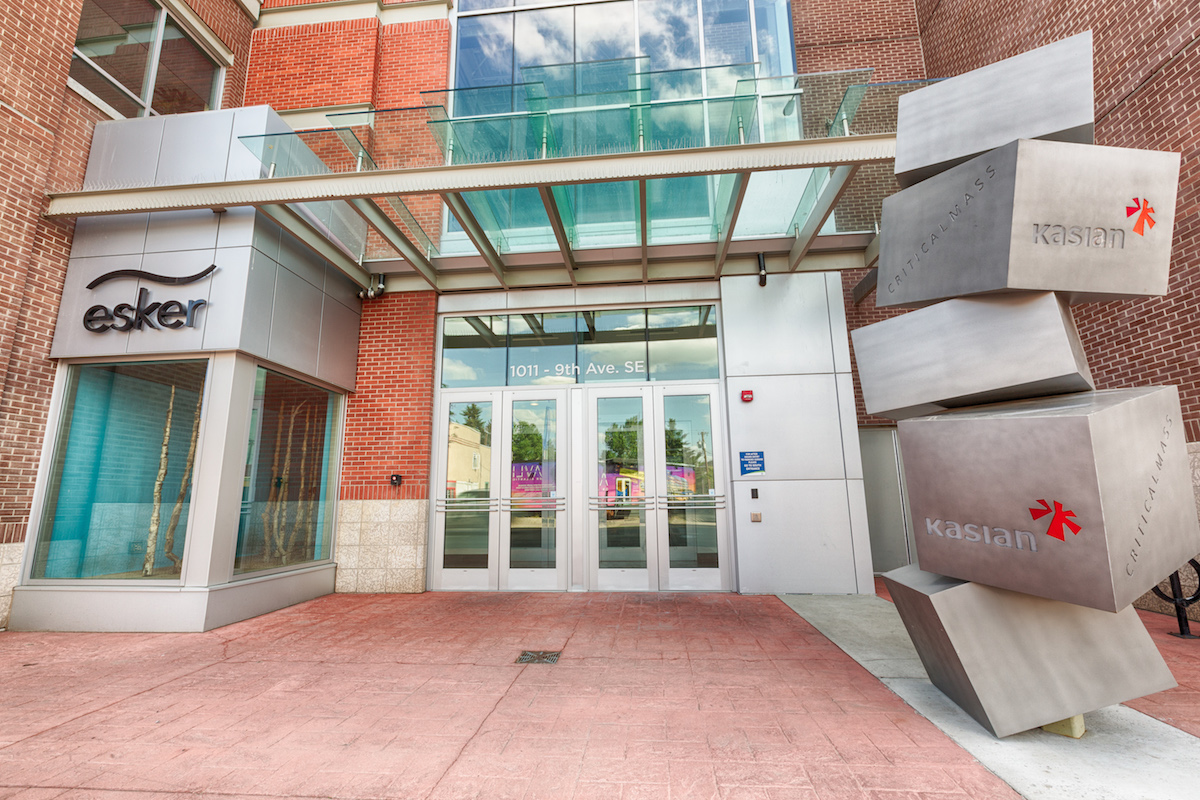
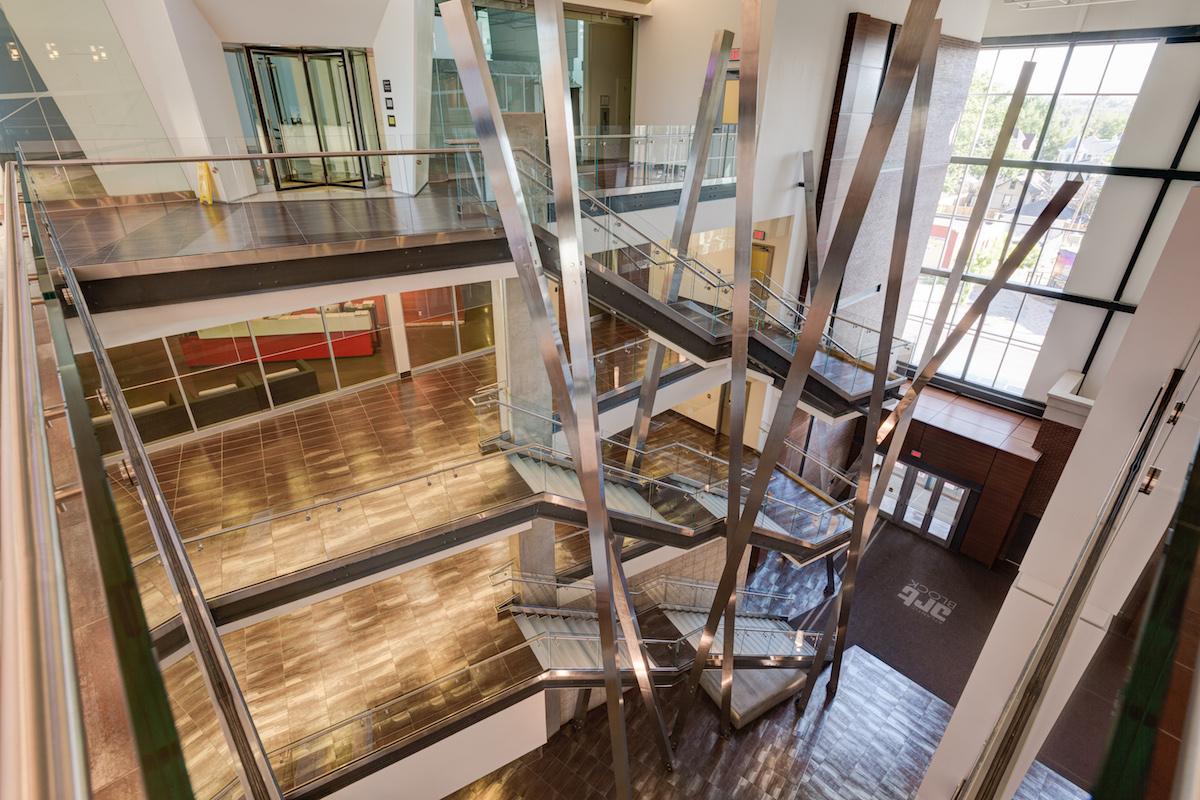
The collection
Does your private collection, and the exhibitions at Esker Foundation, have different focuses, regarding the artists or genre of art?
Yes, very much so. Our collection is primarily abstract painting and sculpture with a focus on the Colorfield artists. While appealing to us, I never considered our collection to be as compelling for the general public. Esker has been able to cover a much wider swath of the art market in its first 7 years, and I hope in another ten years or so that we will be able to say we have shown a vast selection of the various art genres.
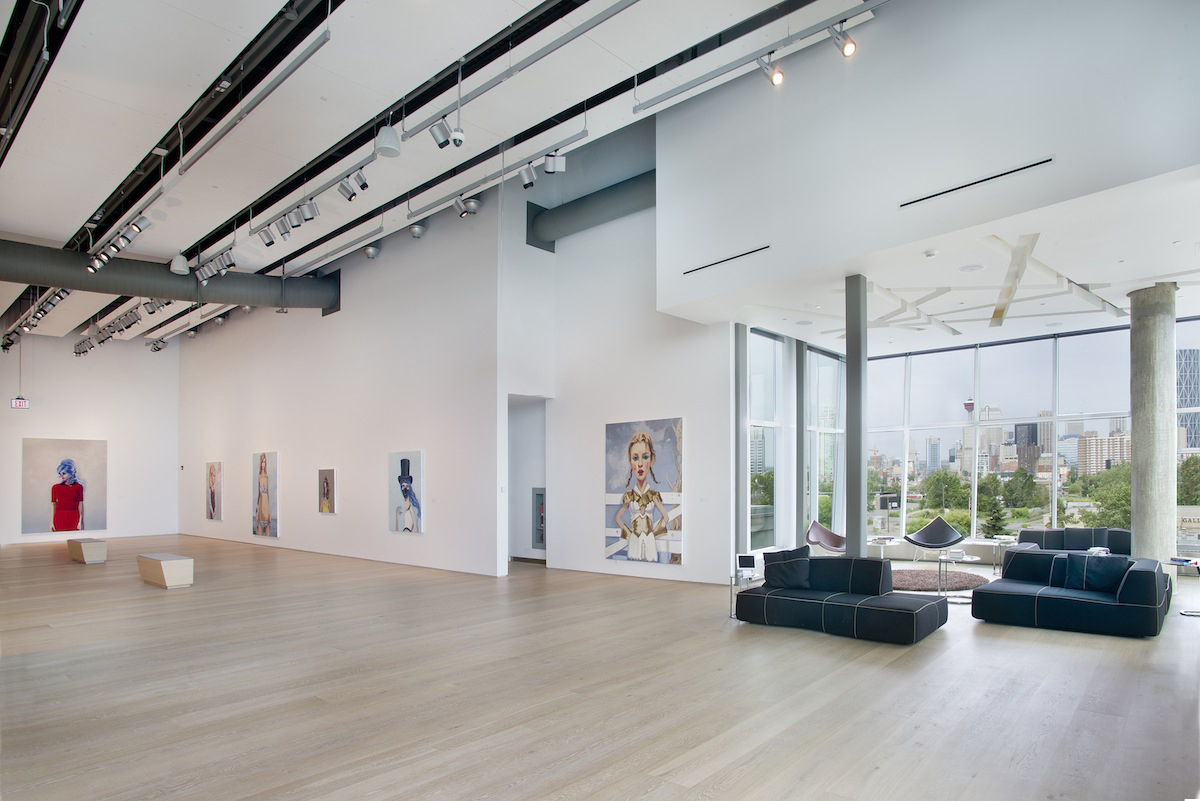
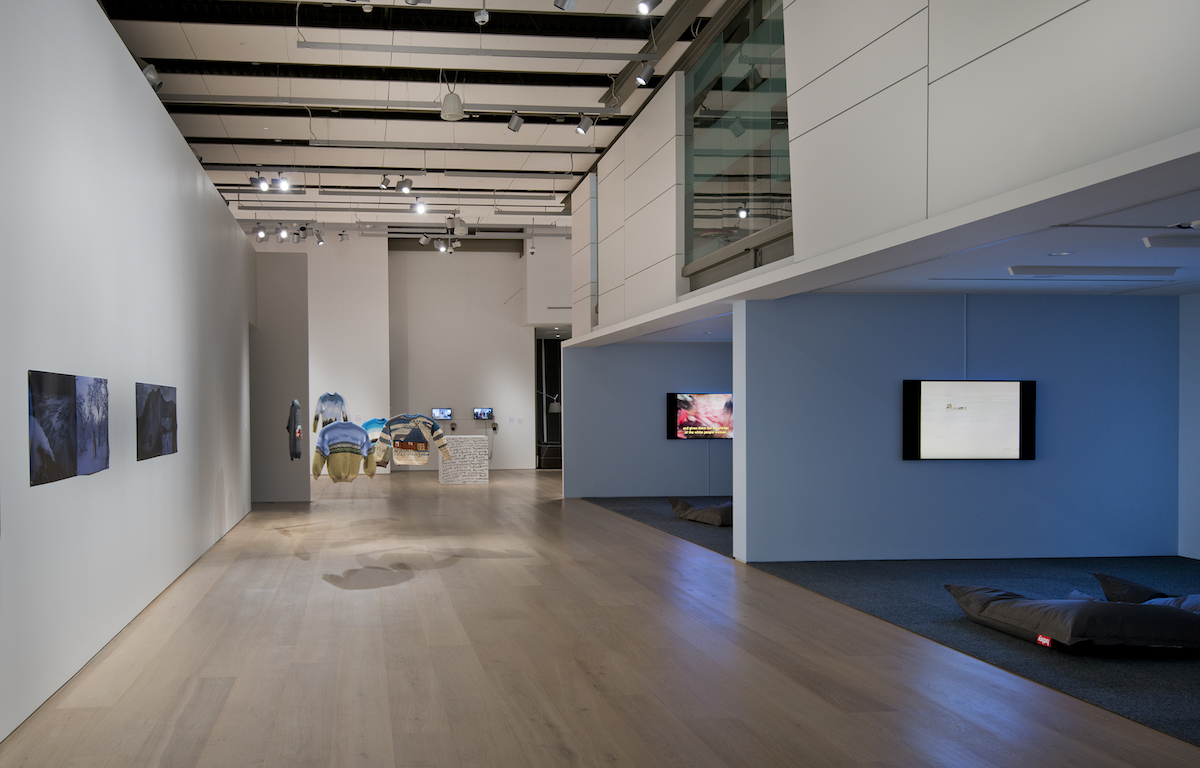
The programming
How much are you involved in the programming as well as the curating of exhibitions in the museum? If ‘arms length’ can you explain why that is important to you?
I ask questions about upcoming exhibitions and make suggestions but my suggestions are intended to be no more important than any other ideas that the curatorial team receives in their day-to-day experiences managing Esker’s programming. It is important for me to remain at “arm’s length” for two reasons. I am not a trained art professional, and I want to be clear that Esker is not a vanity project for my family.
How would you describe, or what is the relationship like, between you and the curatorial team at Esker?
I think we have a very enjoyable and constructive relationship. The Esker staff does not worry about managing a board, fund raisers and government grant applications. Instead the curatorial and education teams focus solely on their art programs and are empowered to create the programs they believe in.
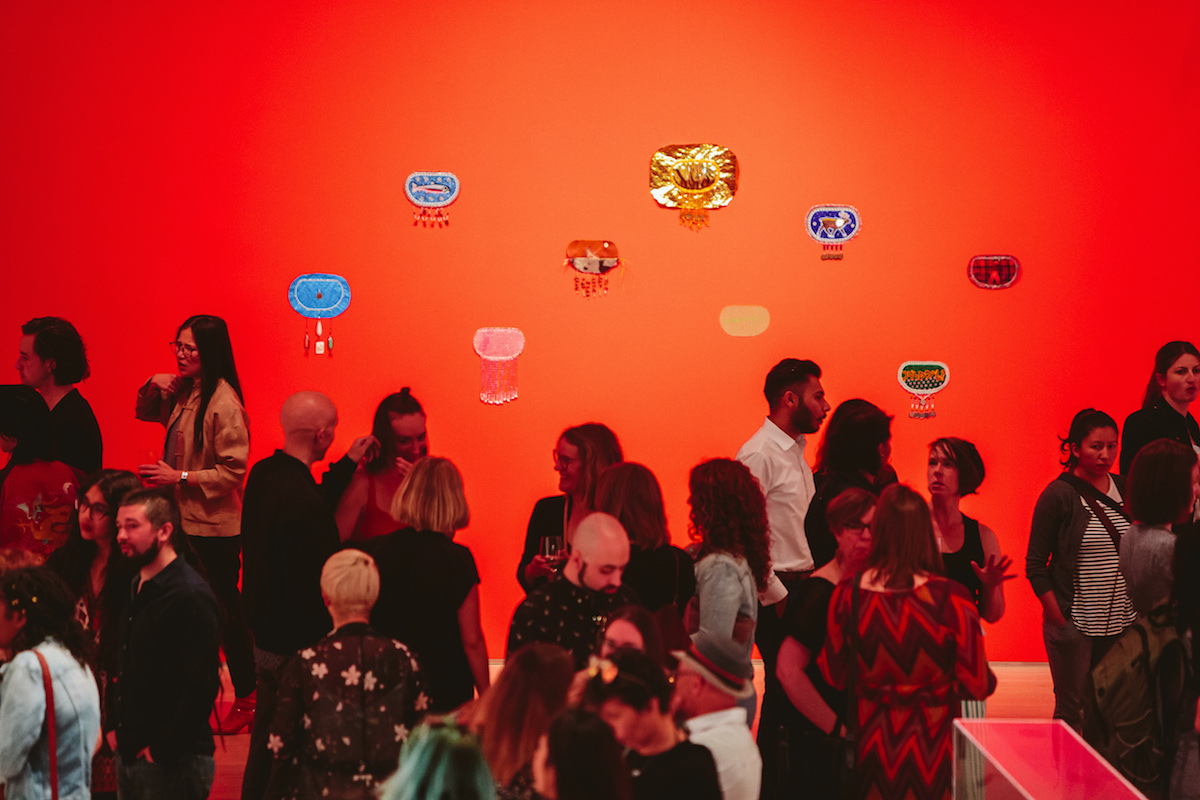
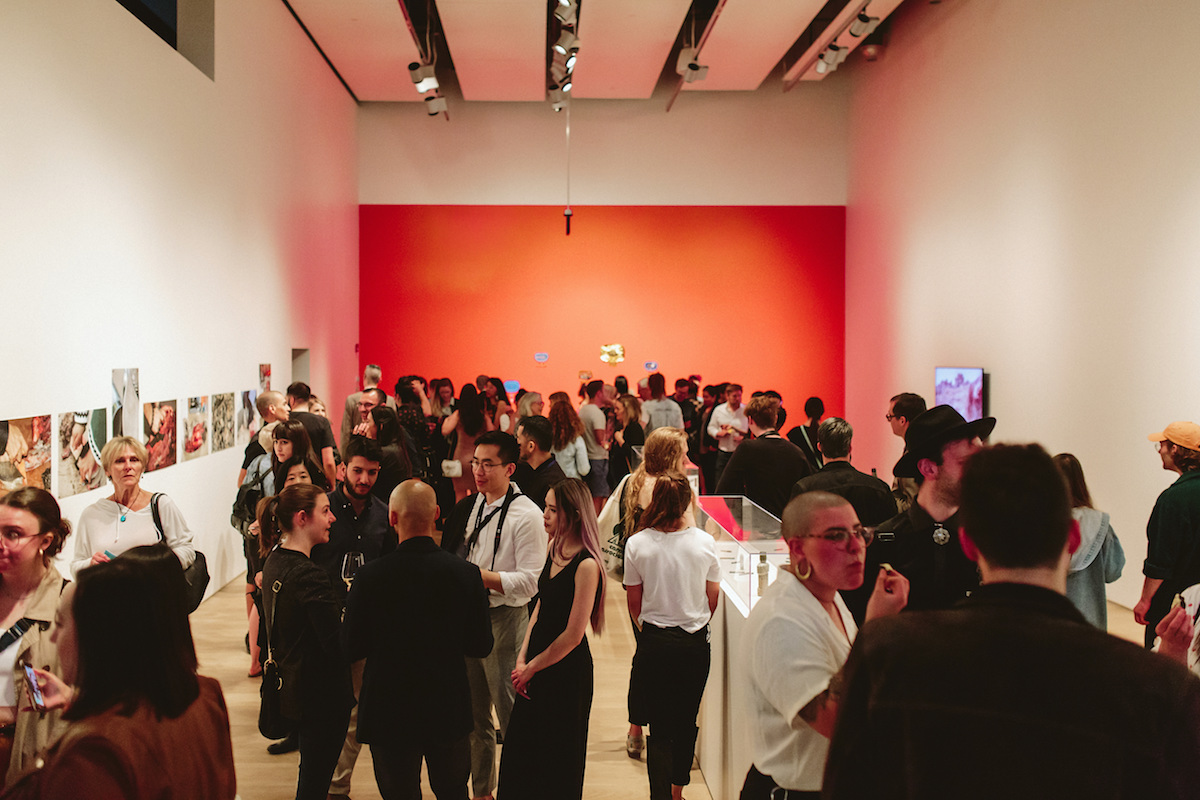
From Jack Bush to Edward Hopper
What was your happiest or most memorable moment since Esker Foundation has been set up?
Two moments stand out. The first was the opening reception for our inaugural exhibition in 2012 which featured young art graduates of Alberta who were thrilled to have their art shown in a “museum” in front of the approximately 1,000 people that attended that opening. The second memorable event was the exhibition of Jack Bush, one of my favourite artists. The exhibition was beautiful, and two of the featured pieces came from our collection, and it gave me great pride to see them displayed amongst the many high-quality paintings that had been assembled.
Honestly, does owning a private museum help you to get the best artworks or to get the works you want more easily?
I think initially it is more difficult as a private foundation to get the best artworks. Lenders aren’t sure if you are serious and if you have the proper environmental controls and art handling protocols. In fact, I believe we exceed the controls and protocols of most public institutions, and as that reality becomes better known, we are becoming more successful in attracting high-quality artworks.
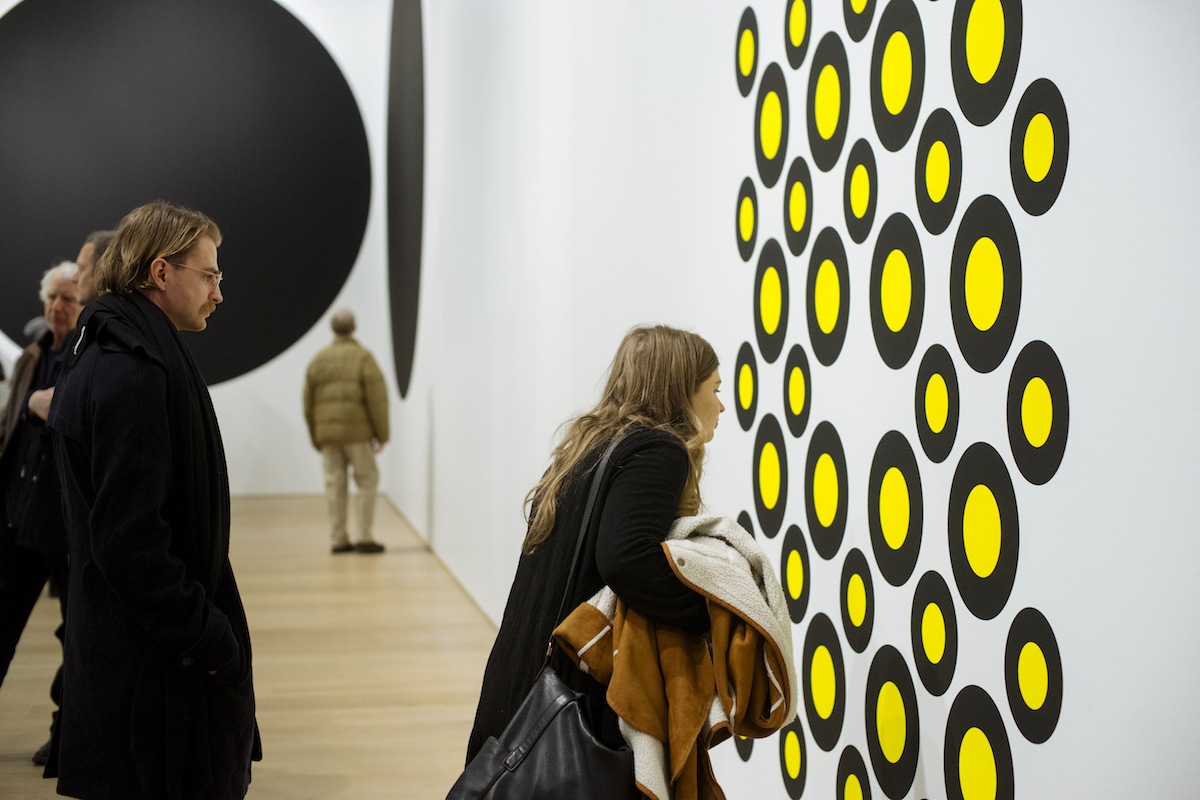
What are on your wish list of 2020 regarding artists or artworks at Esker, and/or for your private collection?
I would like to pursue some artist that generally never appear in shows other than in major cities. Edward Hopper is an example of such a show that we have been working on.
As for our collection, firstly I do not like the application of the word “collection” to the acquisition of art. My wife and I have procured pieces of art over the years that we simply liked, without any focus or desire to pursue a collection. Since we launched Esker, I must admit our art acquisitions have slowed as we have been more interested in putting art in a public space rather than on our private walls.
What do you think are the key elements that determine the success of a private museum?
I think it is important to focus not so much on attendance as the final goal, but rather on creating interesting, challenging exhibitions that make an impact or memory for the people who attend, either live or through your website. Also, in addition to what is in your galleries, the educational program that you design around the exhibition should be equally important and resourced accordingly.
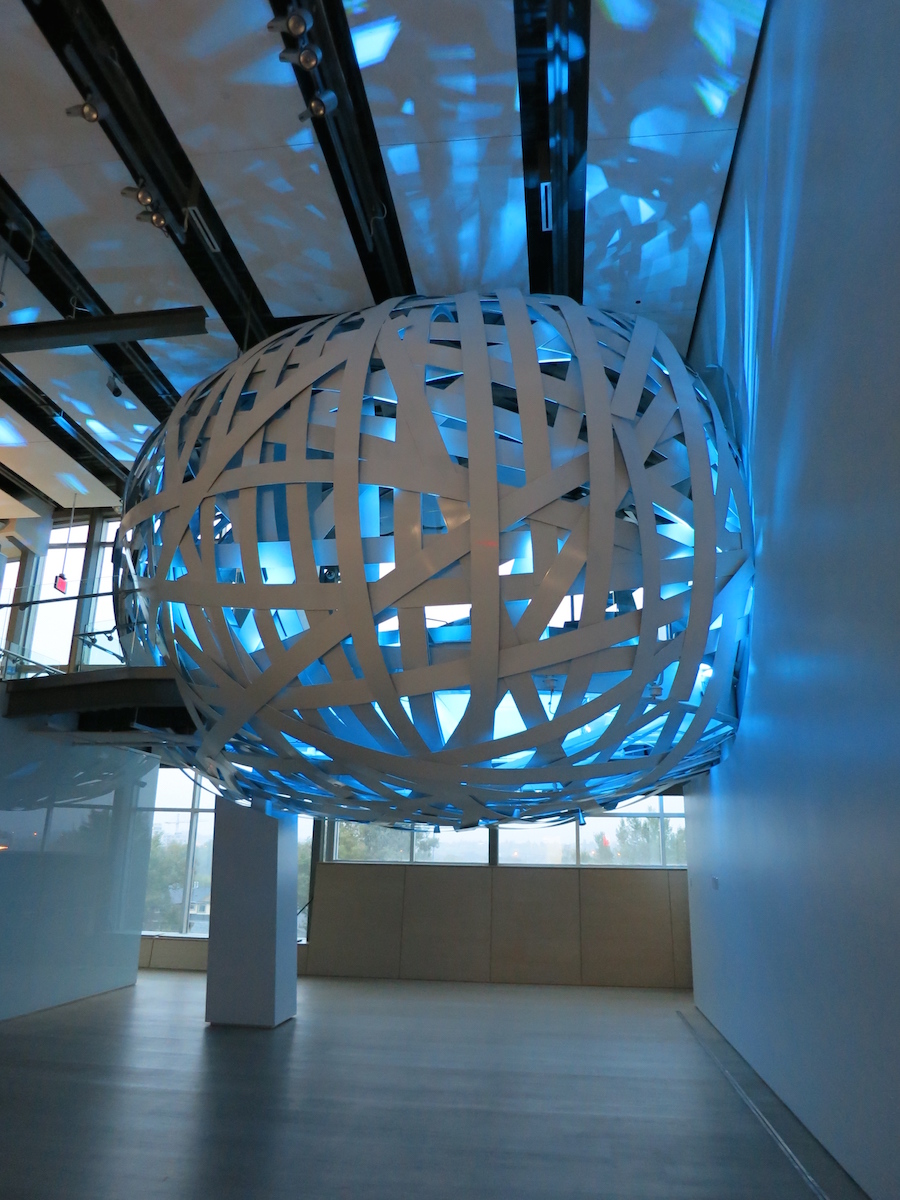
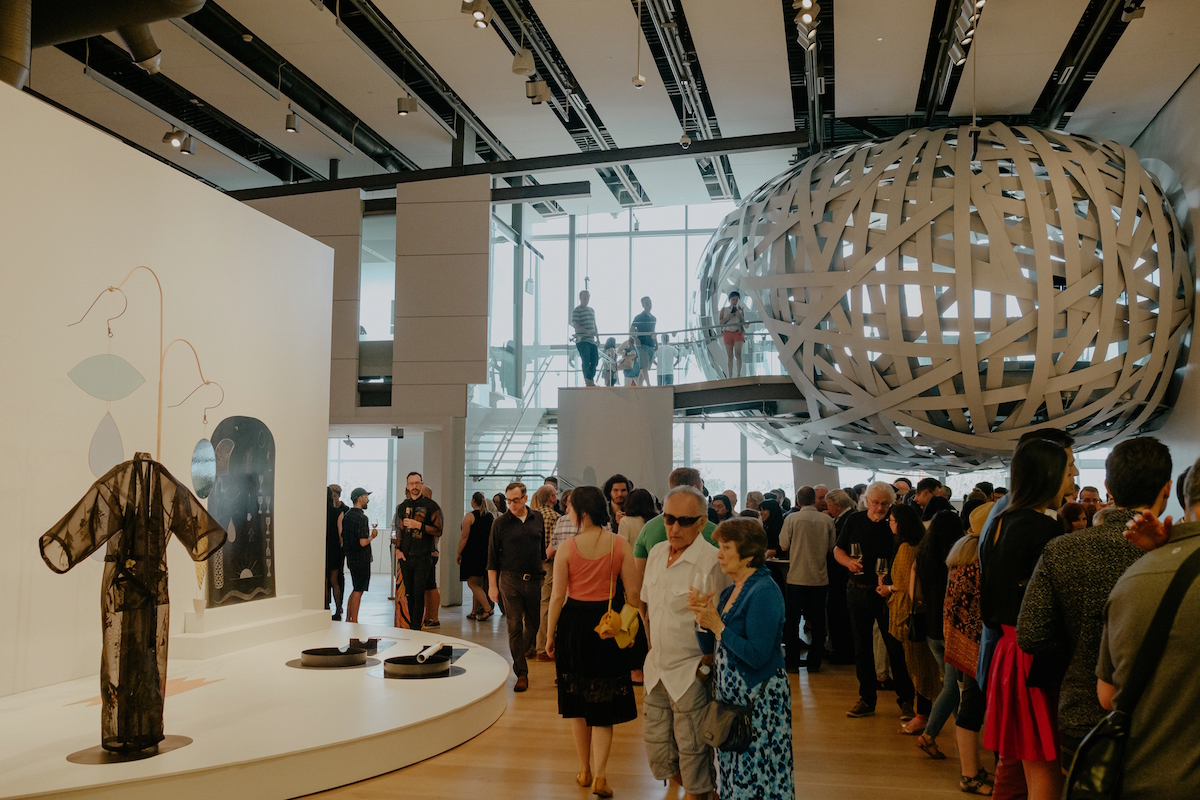
What are your visions for the museum in the next five and ten years respectively?
In five years I would hope that we would have achieved a reputation for exhibitions of quality that match the major public art institutions in North America; and in ten years that same reputation extends around the world.
What is your advice to other collectors who may be thinking about building a foundation/publicly accessible space?
I would say insure your art entity has long term sustainable funding, hire the best art professionals you can and keep them shielded from administration and politics, and then just step back and enjoy the ride.

Related: Esker Foundation
Esker Foundation is one of the museum partners of our 2019 edition of THE PRIVATE ART PASS.
This ‘Private Museum Insights’ editorial series was born with the support of Phillips, a partner of THE PRIVATE ART PASS 2019.





